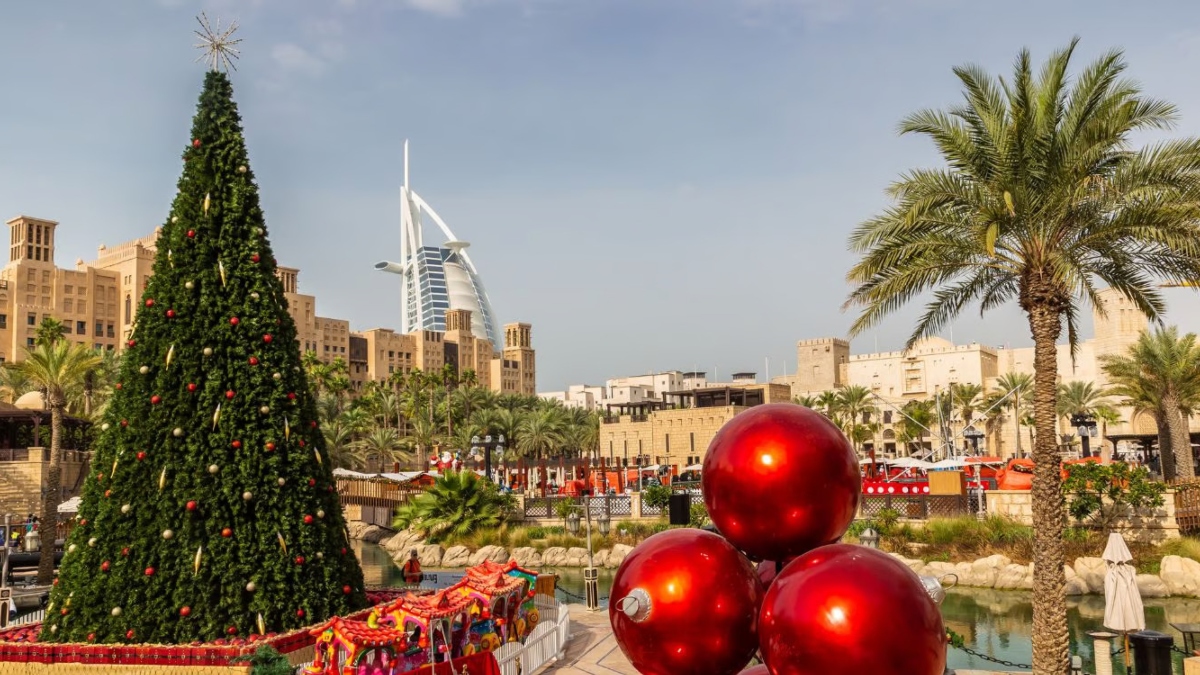As the UAE prepares for the onset of winter, marked by the upcoming third week of December, the country has experienced a significant weather event. Dubai’s Expo area recorded an unprecedented amount of rainfall over the past weekend, according to the National Centre of Meteorology (NCM). This event is seen as a precursor to the winter season, which is characterized by lower temperatures and increased precipitation.
Dr Ahmed Habib from the NCM reported that the 65.8mm of rainfall in the Expo area was the highest for Dubai, surpassing levels seen in previous years. The heavy rains caused disruptions across the UAE, including road closures and flight cancellations. Other areas such as Ras Al Khaimah and Umm al Quwain also saw more than 50mm of rainfall.
The intense rainfall in Dubai’s Deira, and moderate showers in areas like Mohammad Bin Zayed Road and Al Soora, are indicative of the changing weather patterns as the country transitions from autumn to winter. Light to moderate rain was also noted in Jumeirah and along Sheikh Zayed road towards Jebel Ali.
Dr Habib emphasized that the recent rainfall was a widespread event, affecting not just Dubai but also other emirates like Sharjah, Ras Al Khaimah, and Umm al Quwain. The NCM forecasts a shift in wind patterns over the next few days, with potential for blowing dust and sand due to winds reaching speeds of up to 40 km/hr.
The weather agency expects continued rainfall in the coming months, a characteristic of the UAE’s winter season. This will be facilitated by convective cloud formation, particularly over coastal, Northern, and Eastern areas. The NCM also credits ongoing cloud-seeding missions for enhancing the precipitation, alongside natural weather conditions.
The commencement of winter in the UAE is traditionally linked to the appearance of the Suhail star in August, with the coldest period starting approximately 100 days later. Dr Habib clarified that the country is currently transitioning from autumn to winter, a period that will last until March, influenced by surface low pressure systems and a jet stream from the West.






